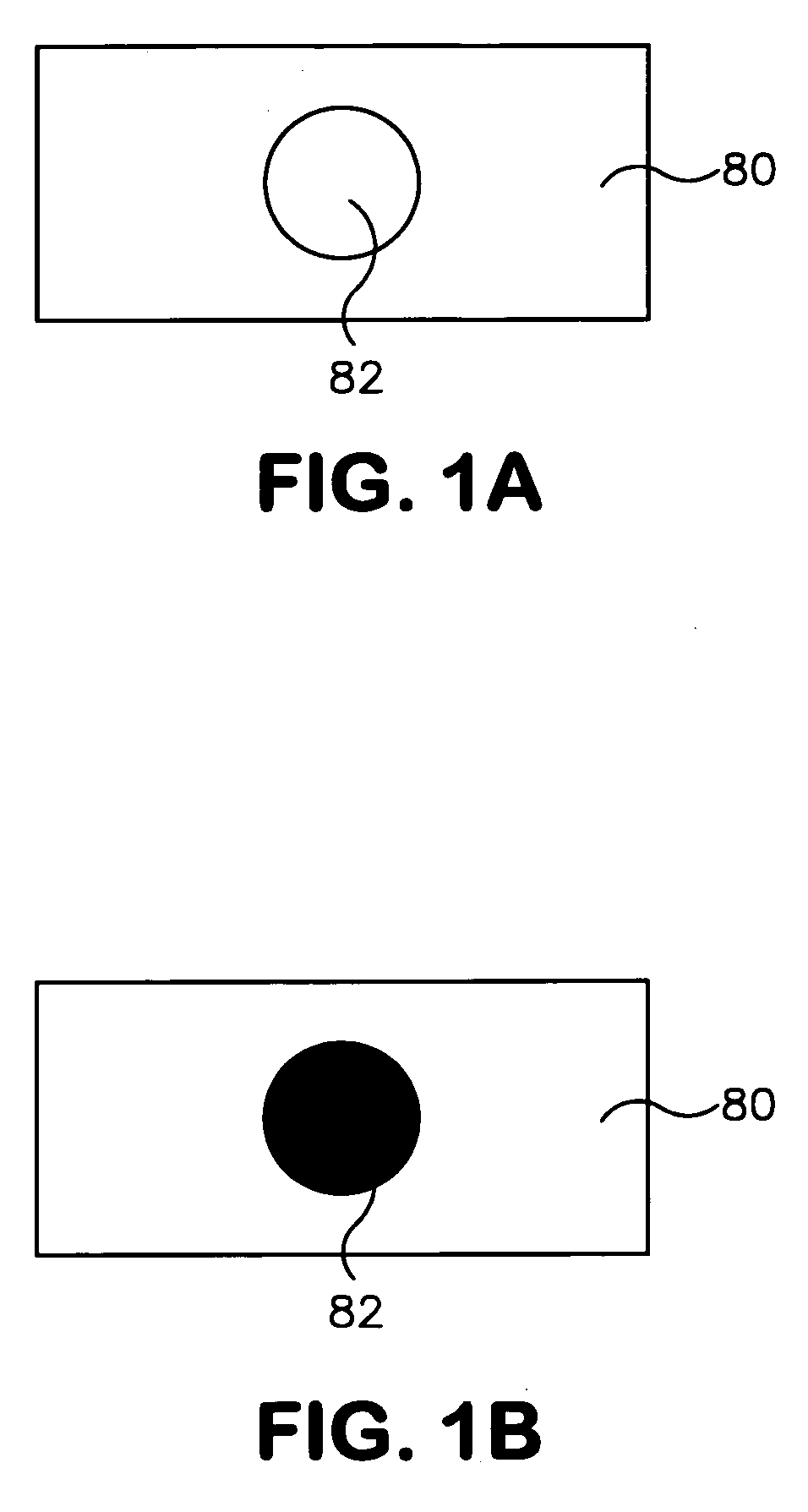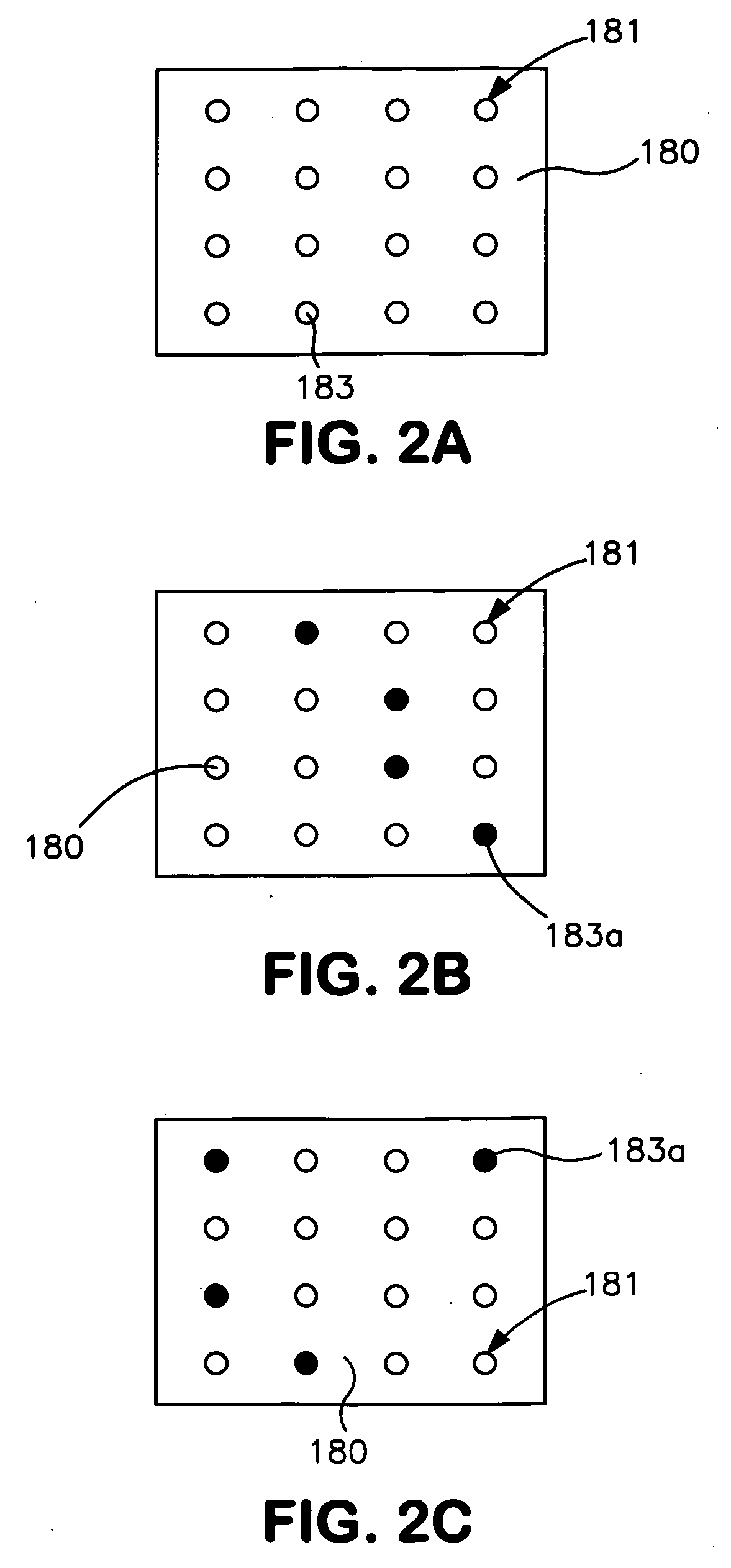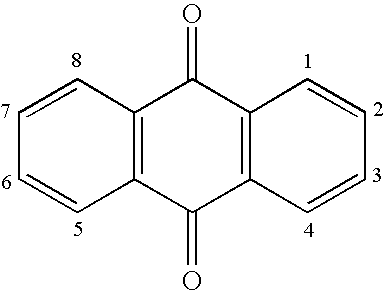Method for detecting Candida on skin
a skin and candida technology, applied in biochemistry apparatus and processes, instruments, bandages, etc., can solve the problems of increased skin ph, contributing to the breakdown of the stratum corneum, painful swelling,
- Summary
- Abstract
- Description
- Claims
- Application Information
AI Technical Summary
Problems solved by technology
Method used
Image
Examples
example 1
[0091]Various colorants were tested for their ability to undergo a color change in the presence of S. aureus, E. coli, and C. albicans microorganisms. The colorants tested were Reichardt's dye, 1-Docosyl-4-(4-hydroxystyryl)pyridinium bromide, 3-Ethyl-2-(2-hydroxy-1-propenyl)-benzothiazolium chloride, 4-[(1-Methyl-4(1H)-pyridinylidene)ethylidene]-2,5-cyclohexadien-1-one hydrate, N,N-Dimethylindoaniline, Quinalizarin, Merocyanine 540, Eriochrome® Blue SE (Plasmocorinth B), Phenol Red, Nile Blue A, 1-(4-Hydroxyphenyl)-2,4,6-triphenylpyridinium hydroxide inner salt hydrate, Azomethine-H monosodium salt hydrate, Indigo Camine, Methylene Violet, Eriochrome® Blue Black B, Biebrich scarlet-acid fuchsin solution, Methylene Blue, Nile Red, Trypan Blue, Safranin O, Crystal Violet, Methyl Orange, and Chrome Azurol S.
[0092]Unless otherwise specified, the colorants were dissolved in dimethylformamide (DMF). The colorant solutions were then pipetted onto 15-cm filter paper (available from VWR Inte...
example 2
[0094]Various colorants were tested for their ability to undergo a color change in the presence of S. aureus, E. coli, and C. albicans microorganisms. The colorants tested were Leucocrystal Violet, Leucomalachite Green, Leuco xylene cyanole FF, 4,5-Dihydroxy-1,3-benzenedisulfonic acid disodium salt monohydrate, 5-Cyano-2-[3-(5-cyano-1,3-diethyl-1,3-dihydro-2H-benzimidazol-2-ylidene)-1-propenyl]-1-ethyl-3-(4-sulfobutyl)-1H-benzimidazolium hydroxide inner salt, Acid Green 25, Bathophenanthrolinedisulfonic acid disodium salt trihydrate, Carminic Acid, Celestine Blue, Hematoxylin, Bromophenol Blue, Bromothymol Blue, Rose Bengal, Universal Indicator (0-5), and Universal Indicator (3-10). Unless otherwise specified, the colorants were dissolved in dimethylformamide (DMF). The VWR filter paper and colorants were prepared as described in Example 1. Table 3 presents the observations from the experiment.
TABLE 3Observations of Colorant Color Change (Group 2)Color ChangeInitialColorColorColorw / ...
example 3
[0096]Various colorants were tested for their ability to undergo a color change in the presence of S. aureus, E. coli, and C. albicans microorganisms. The colorants tested were Alizarin Complexone, Alizarin Red S, Purpurin, Alizarin, Emodin, Amino-4-hydroxyanthraquinone, Nuclear Fast Red, Chlorophenol Red, Remazol Brilliant Blue R, Procion Blue HB, Phenolphthalein, tetraphenylporphine, tetra-o-sulphonic acid, and Ninhydrin. Unless otherwise specified, the colorants were dissolved in dimethylformamide (DMF). The VWR filter paper and colorants were prepared as described in Example 1. Table 4 presents the observations from the experiment.
TABLE 4Observations of Colorant Color Change (Group 3)ColorColor ChangeColor ChangeColor ChangeChange w / ColorantInitial Colorw / S. aureusw / E. coliw / C. albicanssterile waterAlizarin ComplexoneYellowBrownReddish purplePurpleNo changeAlizarin Red SYellowOrange-ishPinkish purplePurpleLighterbrownyellow withdarkeryellowborder(dissolution)PurpurinPeachishDark...
PUM
| Property | Measurement | Unit |
|---|---|---|
| diameter | aaaaa | aaaaa |
| diameters | aaaaa | aaaaa |
| diameters | aaaaa | aaaaa |
Abstract
Description
Claims
Application Information
 Login to View More
Login to View More - R&D
- Intellectual Property
- Life Sciences
- Materials
- Tech Scout
- Unparalleled Data Quality
- Higher Quality Content
- 60% Fewer Hallucinations
Browse by: Latest US Patents, China's latest patents, Technical Efficacy Thesaurus, Application Domain, Technology Topic, Popular Technical Reports.
© 2025 PatSnap. All rights reserved.Legal|Privacy policy|Modern Slavery Act Transparency Statement|Sitemap|About US| Contact US: help@patsnap.com



